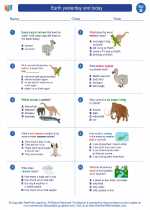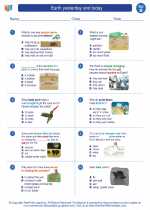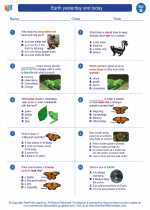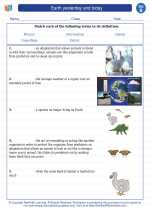What is Glacial Activity?
Glacial activity refers to the processes and features associated with glaciers, which are large masses of ice that move slowly over land. Glaciers are powerful agents of erosion and deposition, shaping the landscape through processes such as plucking, abrasion, and moraine formation.
How are Glaciers Formed?
Glaciers form over many years as snow accumulates and compacts into ice. Over time, the weight of the ice causes it to flow downhill under the force of gravity, forming a glacier.
Types of Glacial Erosion
- Plucking: This is the process by which glaciers pick up rocks and sediments as they move over the land.
- Abrasion: As glaciers move, they scrape against the bedrock, wearing it down through abrasion and creating features such as glacial striations.
Features Created by Glacial Erosion
Glacial erosion can create a variety of landforms, including:
- U-shaped valleys: These are valleys that have been widened and deepened by glacial erosion, resulting in a distinctive U-shaped cross-section.
- Hanging valleys: These are smaller valleys that are left hanging above larger U-shaped valleys after the glacier retreats.
- Glacial cirques: These are bowl-shaped depressions at the head of a glacier, formed by the erosive action of the ice.
Glacial Deposition
Glaciers also deposit sediments as they move, creating features such as moraines, drumlins, and eskers. Moraines are ridges of glacial till left behind by a retreating glacier, while drumlins are elongated hills of glacial sediment. Eskers are long, winding ridges of sand and gravel deposited by meltwater streams flowing within or beneath a glacier.
Effects of Glacial Activity on the Environment
Glacial activity has a significant impact on the landscape, shaping the terrain and influencing ecosystems. It can also contribute to the formation of freshwater lakes and rivers as glaciers melt and retreat.
Conclusion
Glacial activity is a powerful force that has shaped the Earth's surface for millions of years, creating unique and fascinating landforms. Understanding the processes and features associated with glacial activity provides valuable insights into the dynamic forces that have shaped our planet.
.◂Science Worksheets and Study Guides Second Grade. Earth yesterday and today

 Worksheet/Answer key
Worksheet/Answer key
 Worksheet/Answer key
Worksheet/Answer key
 Worksheet/Answer key
Worksheet/Answer key
 Vocabulary/Answer key
Vocabulary/Answer key
